Open for students and professionals of Mechanical, Industrial and Product Engineering. Send us an email to request the full assignment sheet via this link. The participants stay in contact with, and must frequently update Shawn Frayne; the inventor of the Wind Belt.
Past and current research:
2015 – 2016: Robert Fannon, University of Limerick
Wind power is the conversion of wind energy into a useful form of energy, such as using wind turbines to make electrical power, wind mills for mechanical power, or wind pumps for water pumping or drainage. In this case the interest lies in generating electricity from the wind, in a low-cost and low-tech way.
To fully utilize the stronger air currents, wind turbines are fairly high. They are commonly placed in groups to generate reasonable output levels. Such generators are costly and there is a lot of criticism about their efficiency. Simpler devices, such as the water pumping wind mill on the left, need a lot of maintenance and may be prone to cyclones and other local tropical storms.
Worldwide a lot of research is going on in the developments of small-scale wind turbines and devices that can work at lesser heights. Solutions range from small wind mills that capture the lower velocities near ground level, up to installations on the balcony of your high-rise apartment to complement your own energy demand. It is this scale and simplicity that makes a certain technique applicable and affordable for more personal and customized use.
This assignment is focusing on the Wind Belt, which is an invention of Shawn Frayne. It makes use of the so-called ‘aero-elastic flutter effect’. A membrane, which is fitted between a pair of magnets, starts to oscillate between metal coils with even the slightest wind speed. Prototypes of the device are claimed to be 10 to 30 times more efficient than small wind turbines, at a cost price of only 10 U$!
One prototype so far has powered two LEDs, a radio, or a clock, using wind that was generated by a household fan. This research aims to scale up the device and enlarge the output.
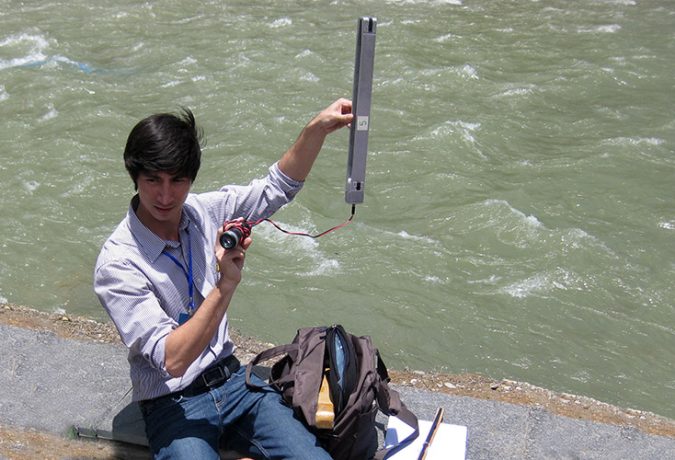 The Humdinger Wind Belt, invented by Shawn Frayne.
The Humdinger Wind Belt, invented by Shawn Frayne.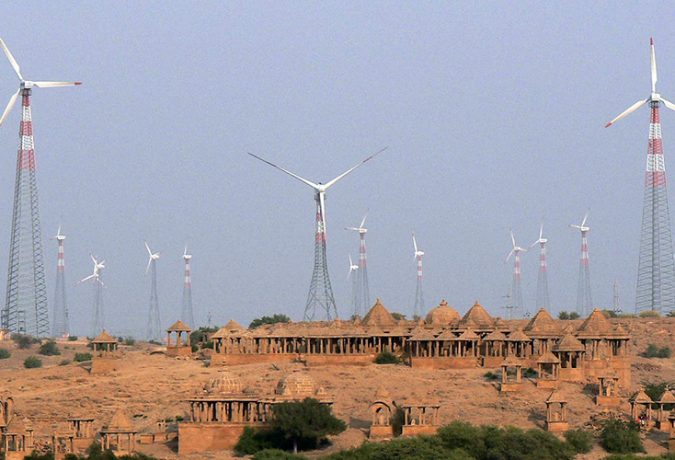 Wind turbines generate electricity in Jaisalmer in India, and spoil the landscape at the same time.
Wind turbines generate electricity in Jaisalmer in India, and spoil the landscape at the same time.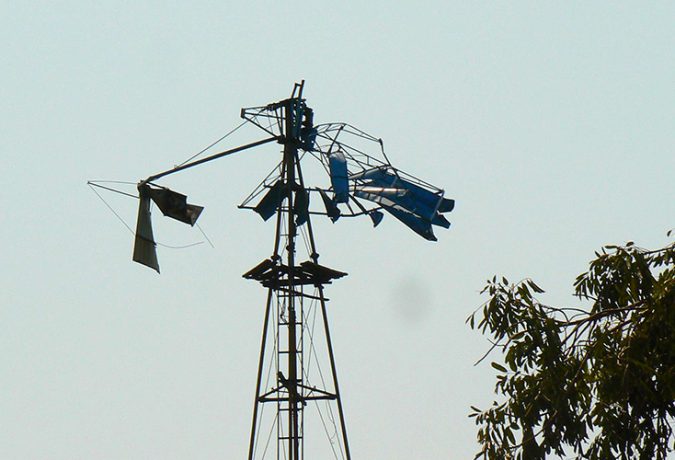 Wind mills are not always capable to withstand strong winds.
Wind mills are not always capable to withstand strong winds. Micro wind turbines to generate your own electricity on your balcony, designed by University of Hong Kong and Motorwave.
Micro wind turbines to generate your own electricity on your balcony, designed by University of Hong Kong and Motorwave.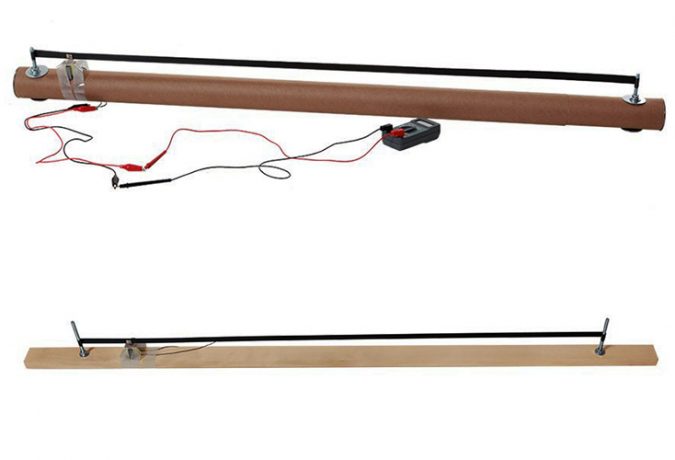 The Humdinger Wind Belt, invented by Shawn Frayne.
The Humdinger Wind Belt, invented by Shawn Frayne.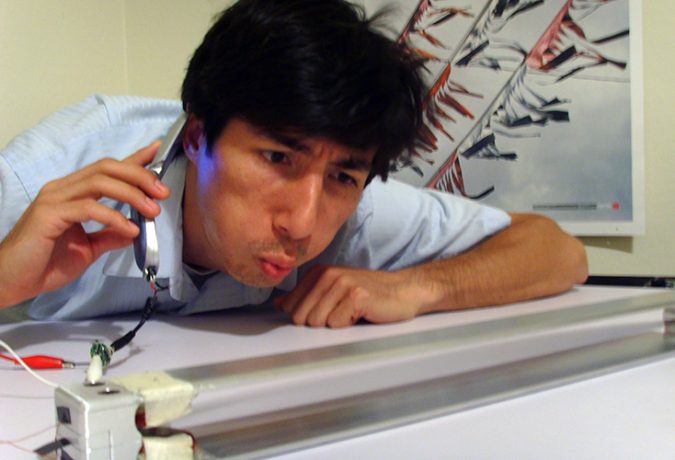 Even at the lowest possible wind movement, the wind belt starts to generate electricity.
Even at the lowest possible wind movement, the wind belt starts to generate electricity.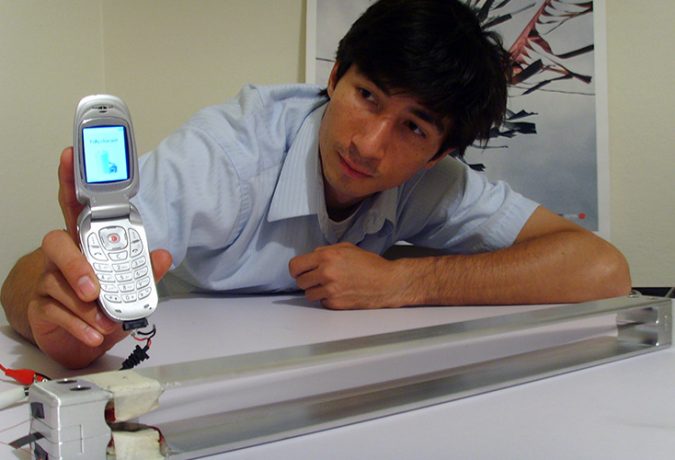 Our question is how to scale up this concept so that it can power larger appliances.
Our question is how to scale up this concept so that it can power larger appliances. For frequent updates and many more pictures, visit our Facebook page.
For frequent updates and many more pictures, visit our Facebook page.

